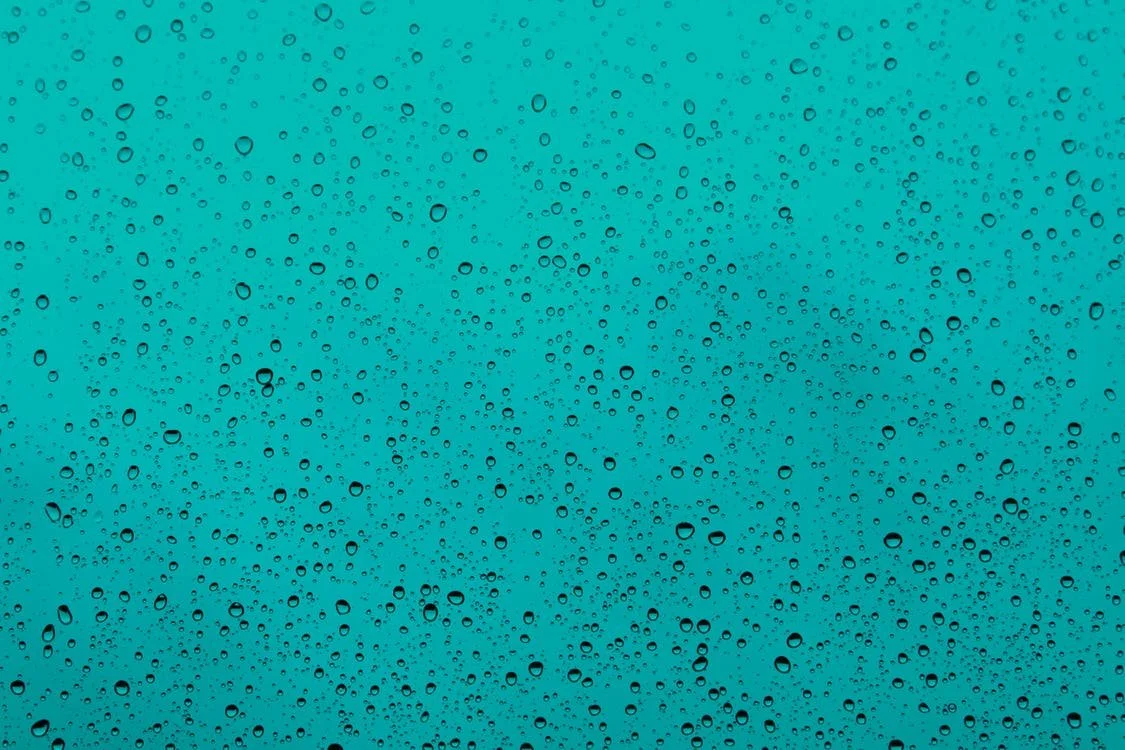Assessing And Treating Different Types Of Damp In Your Home
RH Business Marketing Solutions
More than 50% of houses in the USA have mold issues due to dampness. Exposure to dampness is a significant health risk and thus, knowing what needs to be done in order to prevent long-term damage to both your health and property is crucial. Unfortunately, 28% of people are genetically predisposed to dampness-related health issues. Furthermore, it has been estimated that an average of 84 days is needed to rectify the problem of dampness in most houses. There are three major types of damp: condensation, rising, and penetrating dampness. The treatment method for each category varies, so if you want to keep a healthy home environment, here's how to assess and treat different types of damp in your home.
Condensation damp: The most common type of damp
This type of damp originates from excessive humidity in one's indoor air. Water is released into the air after bathing and cooking. If the windows are not opened up to allow the warm moist air to go outside, or if the extractor fan is missing, then the air soaks into the walls and ceiling. Condensation damp can also be found in places where there is no sufficient airflow, such as the walls behind large furniture.
In order to treat this type of damp, there are simple things homeowners can do. Using lids while cooking on the stove, opening the bathroom window while bathing or showering, and improving the overall ventilation in the house can help one get rid of dampness and prevent mold growth. During the cold winter months, it is also important to keep the temperature of your house as steady as possible. Damp happens when warm air hits the cold walls, so setting timers for the heating to turn on at different points throughout the day can help to keep your home warm and dry.
Rising damp: Tidemarks and stains on the walls
Although the development of rising damp is quite rare, it can directly affect the structure of your house. This type of damp will normally be restricted to the ground floor of the house. One of the most recognizable signs of rising damp is the appearance of discolored marks on interior walls. The best way to fix rising damp is to create a damp-proofing course along the wall. In most cases, homeowners should remove contaminated plasterwork to expose the brick up to one meter.
Penetrating damp: Damaged brickwork or building defects
Penetrating damp can be found in different spots of a home. A broken pipe or building defects, in general, are the major causes of this type of damp. Correcting those defects as soon as possible is the best course of action. However, if penetrating damp occurs due to damaged masonry or porous bricks, other treatment options are also suitable. There are affordable masonry protection creams that can be applied to building materials, like brick and stone. Such treatments will not only protect your house from penetrating dampness, but will also improve the thermal performance of the walls.
When dealing with dampness, it is important to identify its signs as soon as possible. That will help you choose the best method to deal with this issue and protect both your property and health. Some people are more sensitive to mold than others. For this reason, it is really important to control humidity levels, ventilate showers and cooking areas, and fix leaking windows, pipes, or roofs as soon as possible.
Guest Contributor: Cindy Trillo
